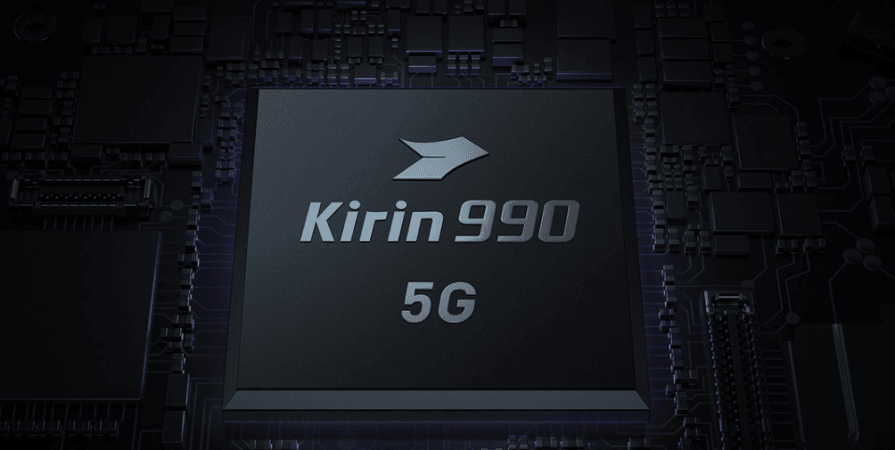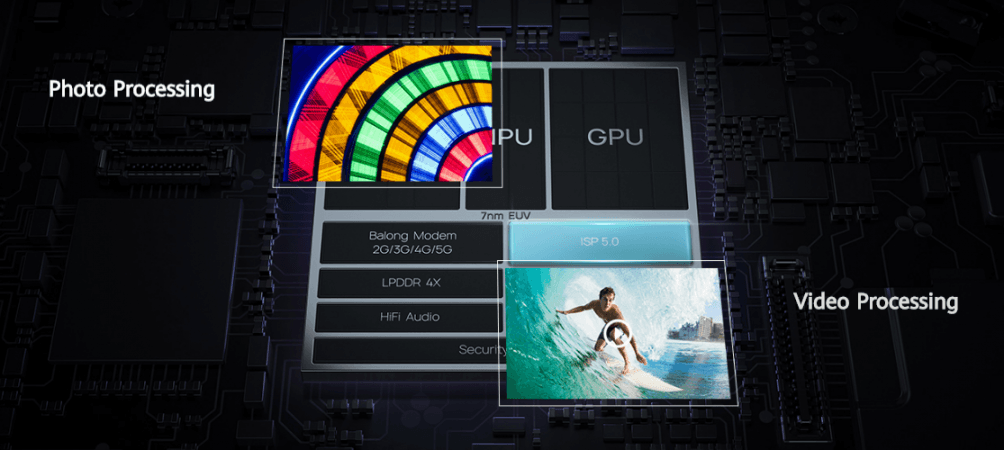Huawei announced its latest Kirin 990 5G chipset in India on Tuesday, highlighting the exceptional capabilities of the SoC to unlock new potential in flagship smartphones. The Chinese smartphone giant, second-largest in the world, has confirmed that it will be launching the all-new Mate 30 Pro powered by Kirin 990 in Munich on September 19.
Huawei revealed the key highlights of Kirin 990 chips, touted as the "most effective, fastest and efficient chipsets available." With the latest Kirin chipsets onboard, the Mate 30 Pro will have some new potentials unlocked.
Before we get to the key areas where Kirin 990 chips would help consumers in their day-to-day life, here's a quick rundown of its technical specifications.
According to Huawei, the Kirin 990 series has 10.3 billion transistors and it is based on 7nm+ EUV architecture. The chipset has a three-level power-efficiency structure, multiple cores which function to deliver optimum performance clocking up to 2.86GHz and more. It has a 16-core Mali-G76 MC16 GPU, and UFS 3.0.

5G and more
5G is the next big thing in the mobile industry and most OEMs, chipmakers are gunning to be at the forefront of this technology. Huawei's Kirin 990 5G chip brings high-speed download and upload in mobile. The company says the chipset can theoretically achieve 2.3Gbpz peak download speed and 1.25Gbps peak upload speed, setting a new benchmark in the 5G era.
Kirin 990 5G chip understands the future is not fully ready yet and it offers smooth transition by allowing seamless switching between 2G, 3G and 4G networks. The company also notes that the Kirin 990 5G uses a smaller area and has lower power consumption for those binge-watching sessions.
For photography enthusiasts
Photography is a crucial part of premium smartphones. While the best hardware is not solely responsible for unmatched photography skills, an extra nudge is necessary to take photography to a whole new level. While AI and machine learning are playing a vital role in mobile photography, Huawei is making some chip-level changes to further enhance photos and videos.

Kirin 990 5G has a new ISP 5.0 coupled with BM3D to reduce noise and produce vivid, sharper, brighter photos, even during the night. There's a dual-domain video NR to reduce noise in videos and the chipset uses AI, post-processing and rendering for cinematic quality.
Uncompromised Performance
After Apple unveiled its A13 Bionic chipset, Huawei wants to compete on the performance aspect. Kirin 990 features two ultra-large cores, two large cores, and four small cores, which are intelligently activated depending on the tasks at hand. So if you are not heavy computations, only the small cores will handle the task, but to make sure the performance is not compromised in heavy computing scenarios, the large cores are woken up. This is the new NPU architecture in the Kirin 990, which not only ensures optimum performance but preserves energy wherever possible.
For gamers, the chipset also includes Kirin Gaming+ 2.0, which delivers an immersive gaming experience through smooth and natural flow of frames.
Battery life
While Apple's A13 Bionic is focused on delivering optimum performance, it also extends the battery life with the right optimisations on the chip. Same goes for Huawei's Kirin 990 with the help of NPU architecture. There's also a new Smart Cache to save bandwidth and ensure lower power consumption. It is not clear just how much battery life is increased with the Kirin 990 as compared to Kirin 980, but we are bound to know those details at the global launch on Thursday.

















